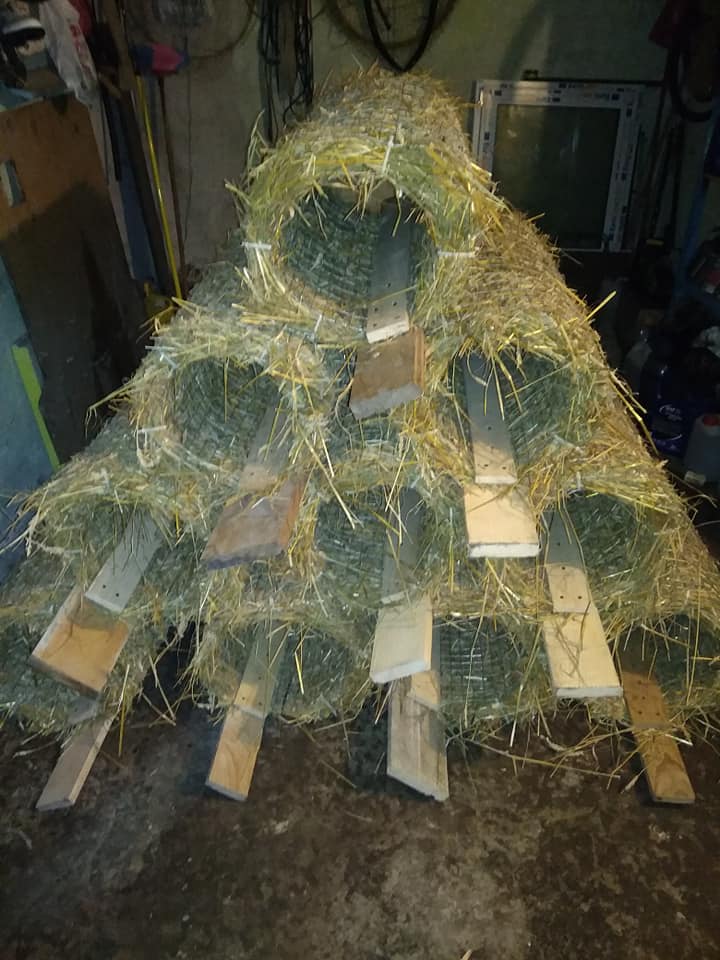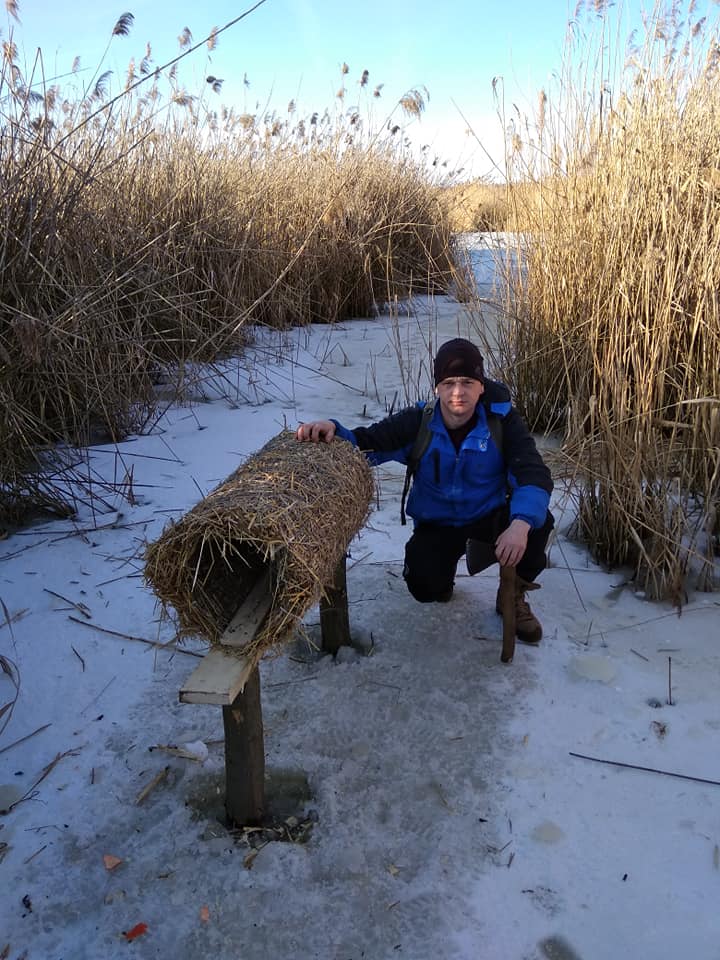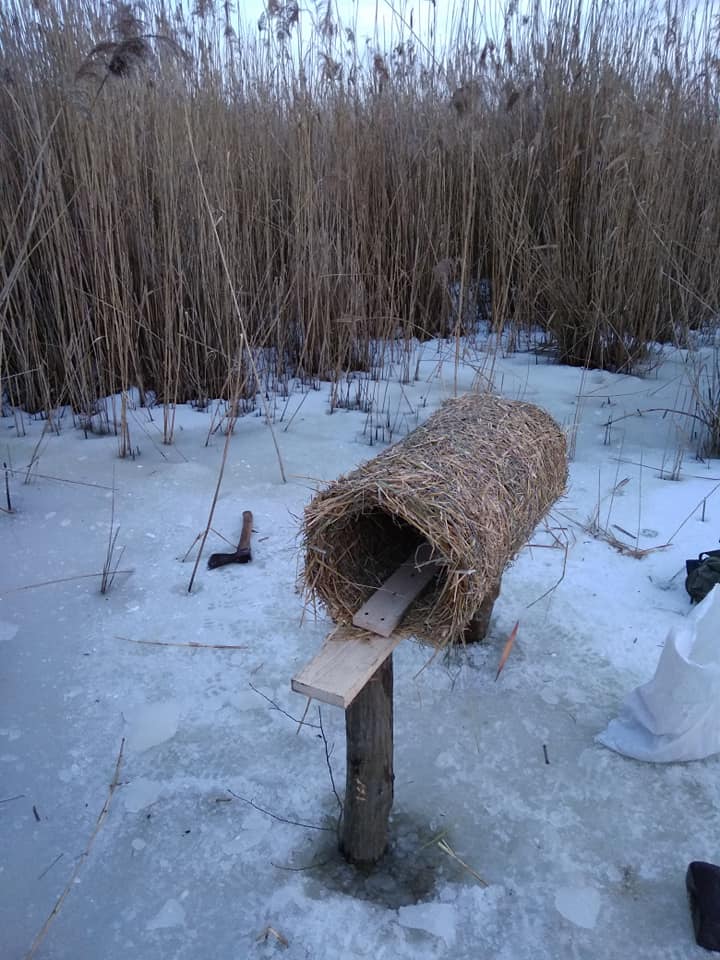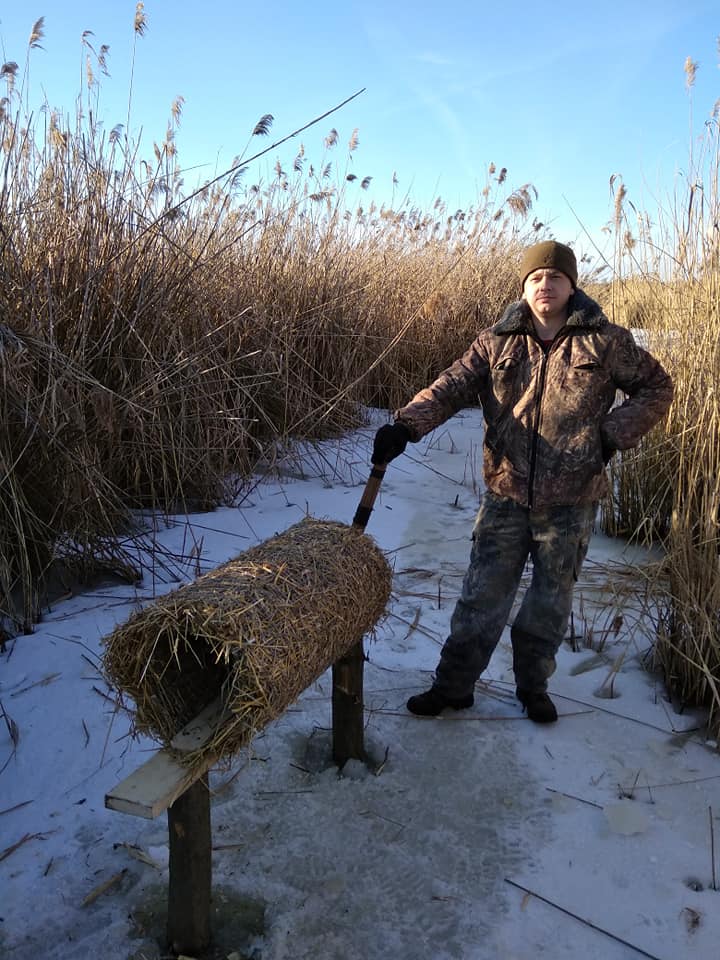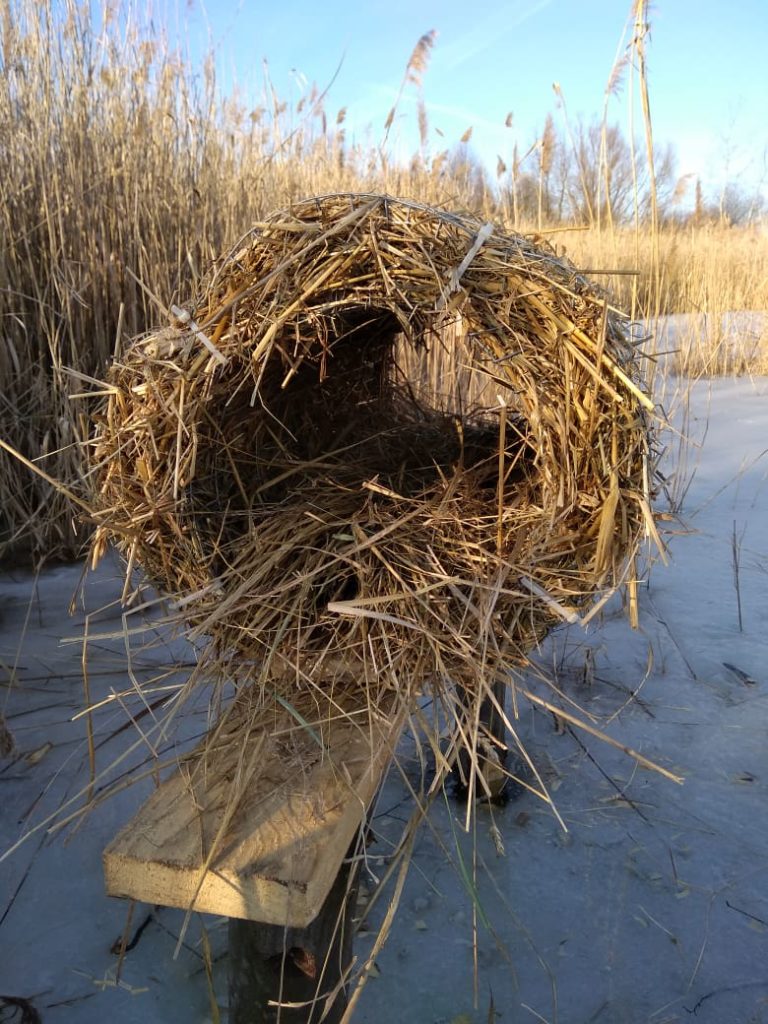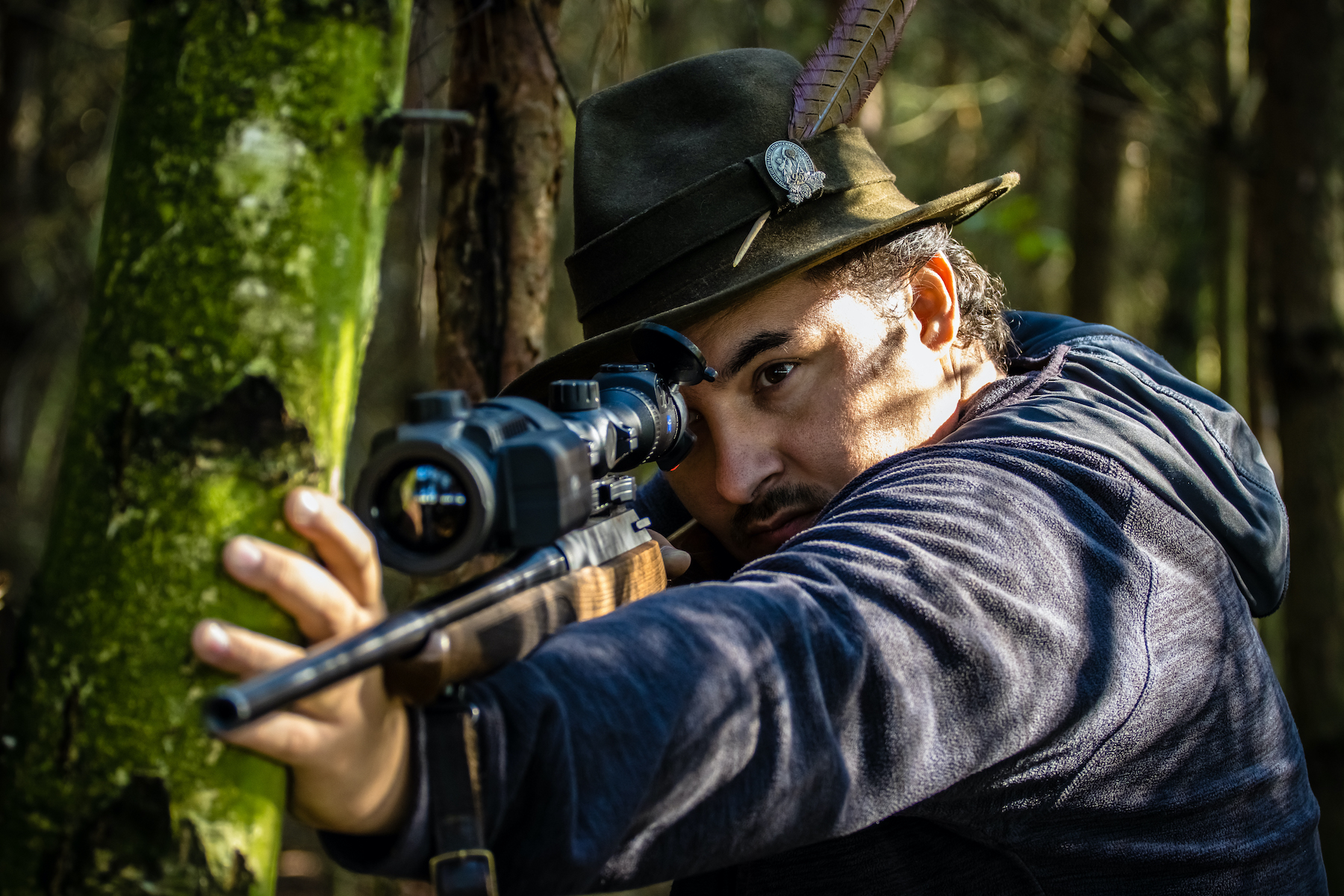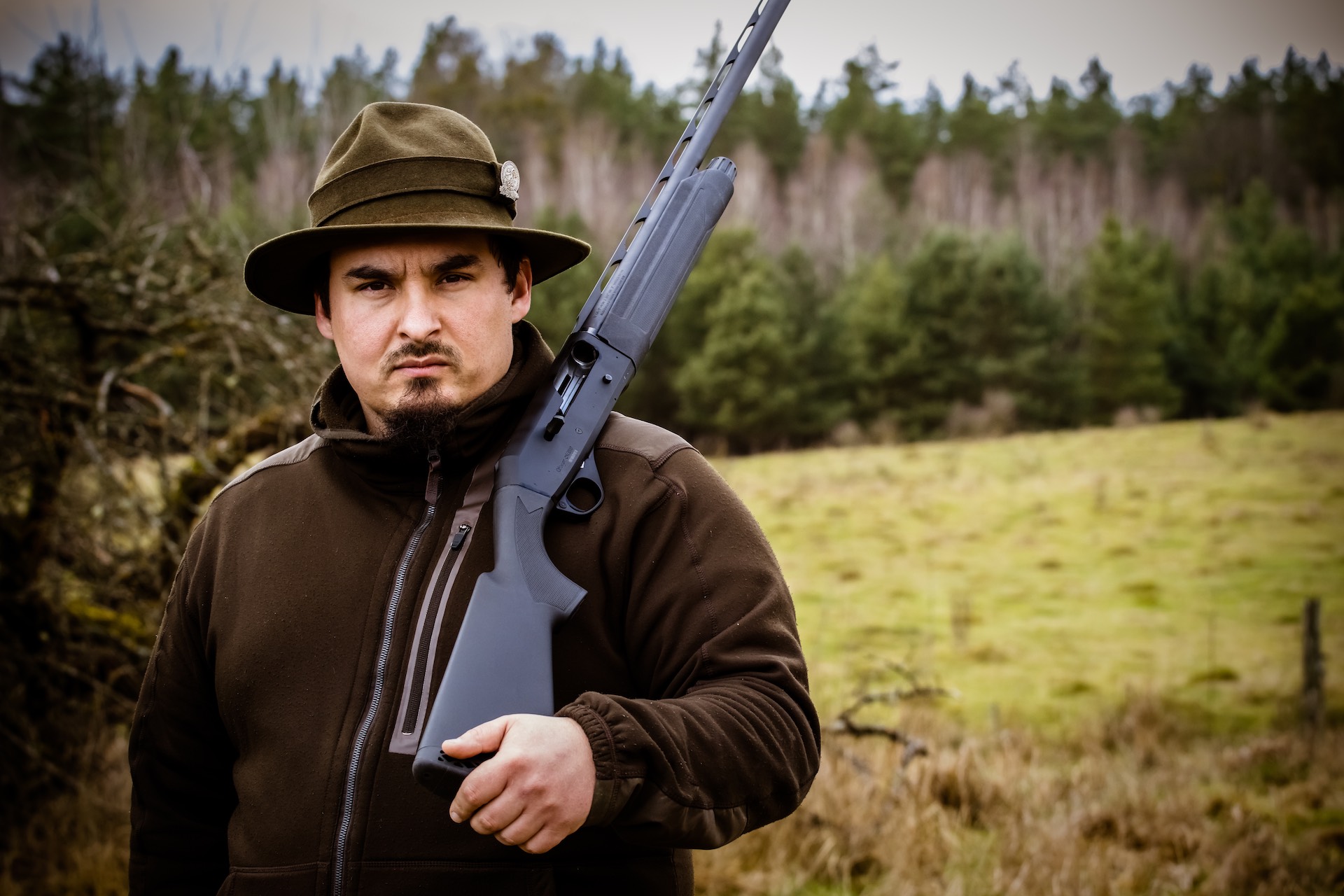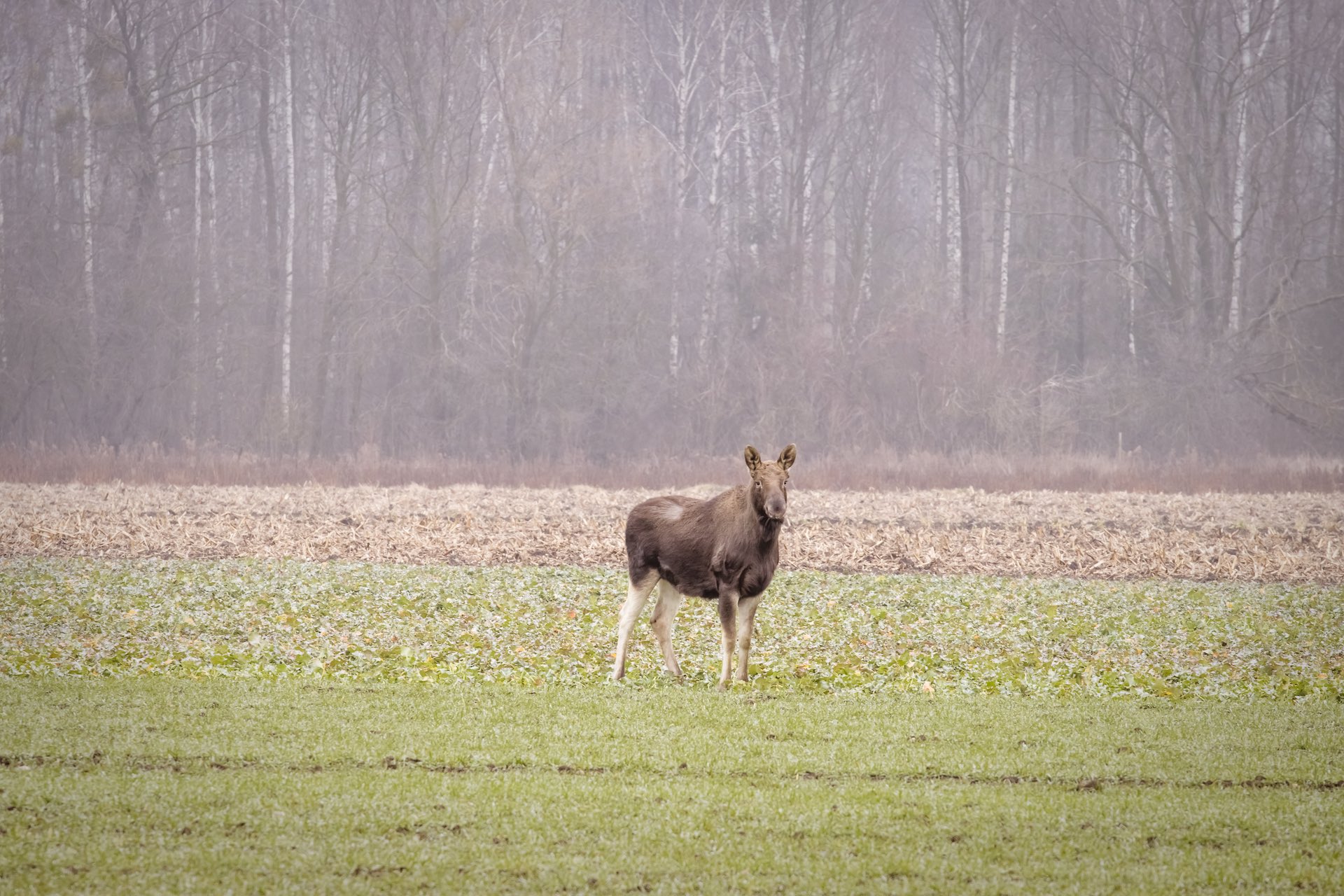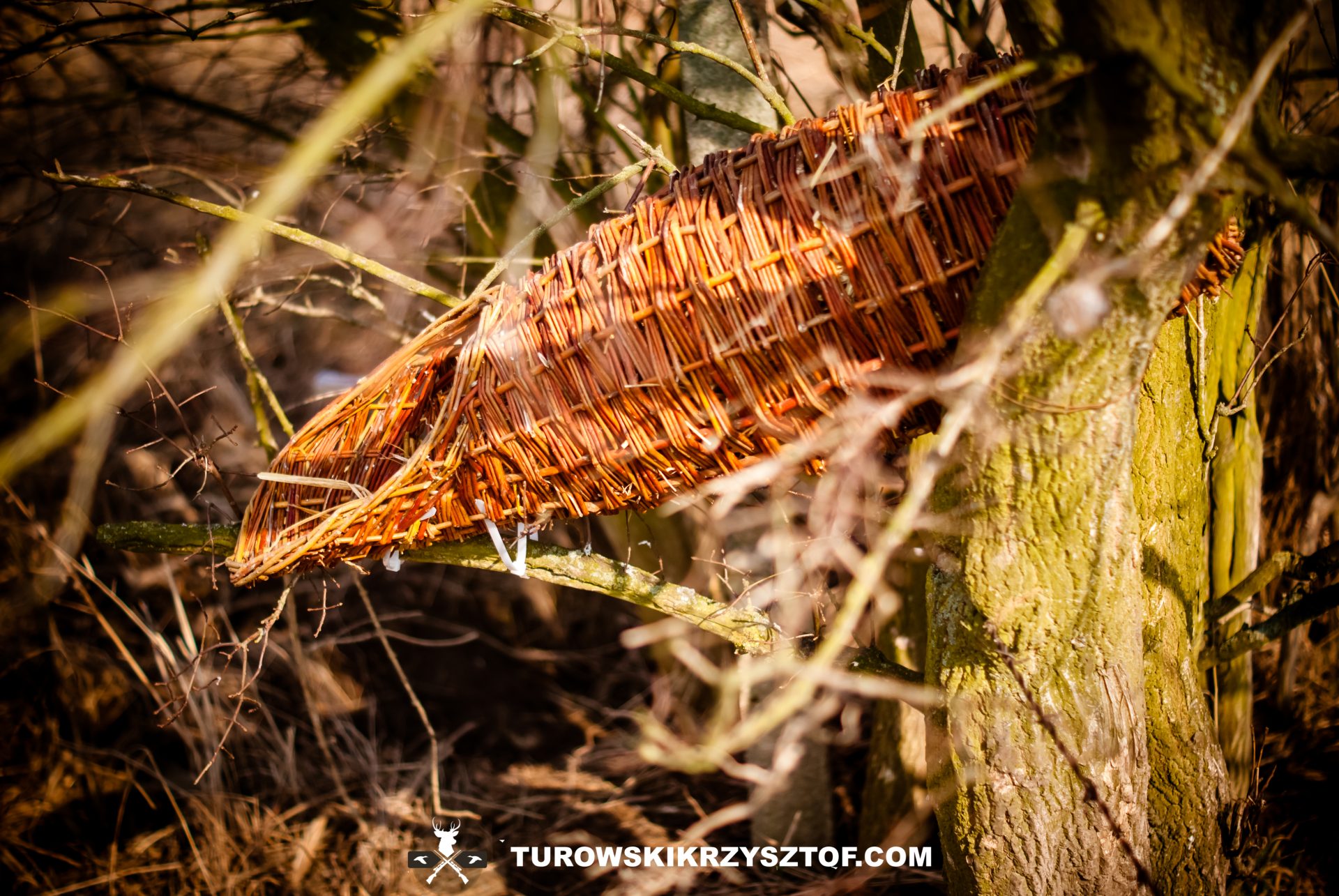
Wiosenny sezon na kaczki!
27 lutego, 2019
Total stupidity!
2 marca, 2019The end of the pheasant hunting season means one – spring is coming. As everyone knows, spring is the time when nature comes back to life and the game is preparing to bring birth to our world.
Before that, we hunters can try to help help them. The end of February is the last chance to go out on the hunting ground and to improve the condition of the duck population. What should you do? Install duck nesting baskets! What are such baskets, when to assemble them and why it is worth and even should be done? You can find the answer below! Scroll down to the next part.
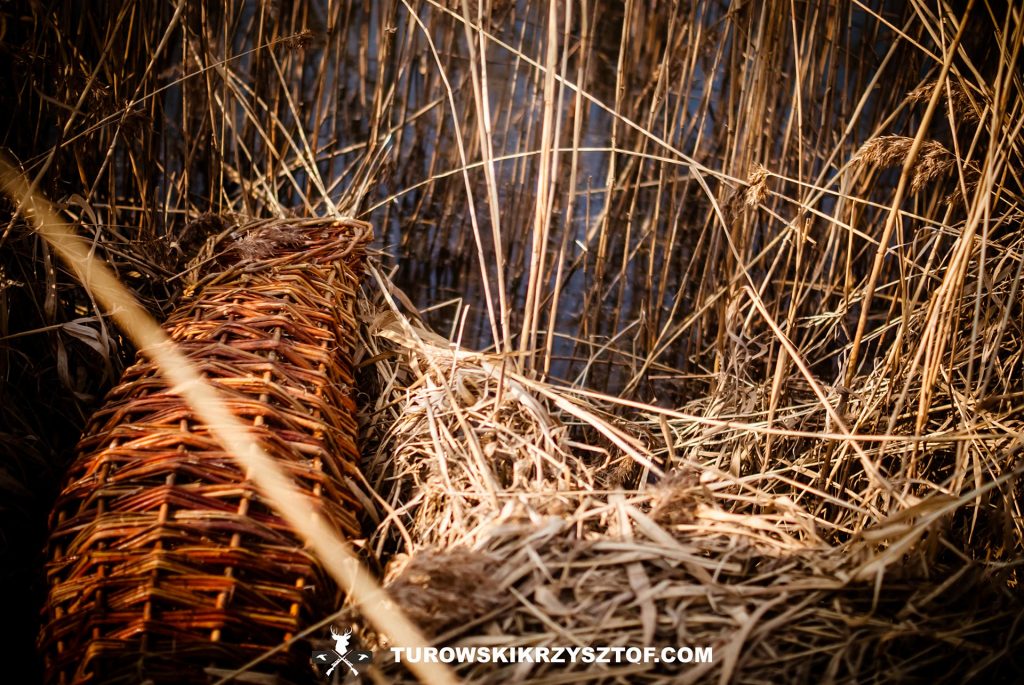
In fact, the tip of February is the last bell to deal with the assembly of such baskets. The best period to do that is winter, because only in the winter we are able to go with a basket in places that are difficult to access or sometimes even inaccessible to people during other seasons. Wetlands, backwaters, banks of rivers and other water reservoirs, reed borders on ponds or lakes are typical places that are eagerly visited by ducks and should be in our area of interest. It’s much easier to go to such places where those are ice-cold. A good ice drill is also necessary.
Why do we assemble such baskets? Well, first of all, to give our ducks the opportunity to safely sit on her eggs. The breeding of ducks falls in spring when they come back from wintering grounds, and the breeding can start already at the end of February. Courting are held on water, and can be observed quite well because drakes in this period will be spectacularly love-maiking in front of ducks. Of course hatches appears after the courting, and if the courting begin early, egg laying will take place even in March instead of April. In nature, duck nests are usually built in grasses or in reeds. The nest in such a place is unfortunately vulnerable to attacks by predators, because both the duck and the eggs are practically defenseless at this time. Sometimes a duck chooses places like treetops where she feels a bit safer. A common view is the nests on the willows at the banks of the rivers.
Our baskets, however, can be a much better alternative. We assemble them, in principle, in safe places to which predators do not have access. When installing such baskets, let’s try to make their base made of plastic, after which the predator will not climb. It can be, for example, a PVC pipe, or wood in a plastic coating on which any predator can climb. It is important that the assembly is stable, the whole construction will be supporting a platform with a basket and ducks above the water. In fact, just a few dozen centimeters above the water surface will be enough. Scroll down to the next part.
Baskets can be bought and made by yourself. These purchases cost from PLN 46 to PLN 60 per basket. They have a contoured entrance, and a narrowing in front of the chamber. The diameter is about 30 cm with a length of 75 to 100 cm. They are made of wicker. Hand-made are much cheaper and, as an example I would like to show baskets which I saw on the Facebook group of Мисливський Клуб – Hunter Lviv. Baskets from above pictures were taken and mounted by two brothers – Lavrov Pavel and Lavro Peter (Лавро Павло і Лавро Петро).
The ones you see are made of two mesh hoops between which a layer of hay has been put. Their cost is much smaller than the cost of wicker baskets, because it is limited to a light mesh and hay. However, a certain amount of work and DIY skills are required. We have to also prepare an entrance to such a basket, which can be made of a board. The biggest advantage is that such self-made baskets cost a few zlotys, and even if they are destroyed, stolen or damaged, their loss will not hurt us so much. In addition, in times when practically everything can be bought such self-made baskets are an additional reason to be proud of in front of colleagues in our hunting circle because everything we have done ourselves from the basics is the most enjoyable. In fact, it doesn’t matter whether it is a hunting stand, pasture or a nesting basket made by ourselves.
Both the first and the second typeof baskets are filled with dry leaves and hay. You will find the same materials in naturally built duck nests. Mounted baskets will protect the duck and her offspring not only from predators but also from weather that can be very different at this time of a year.
So if you want to enjoy the taste of a self-hunted duck, think about how to help our ducks. You still have a few days to mount such baskets.
Happy Hunting!
Many thanks to Lieva Pievlo and Lievo Perezo – Лавро Павло і Лавро Петроfor sharing the photos and Lobomir Shmulovsky – Любомир Хмільовський for contact with the authors of pictures and baskets.

